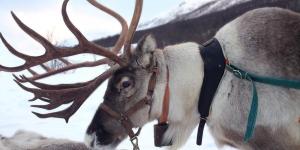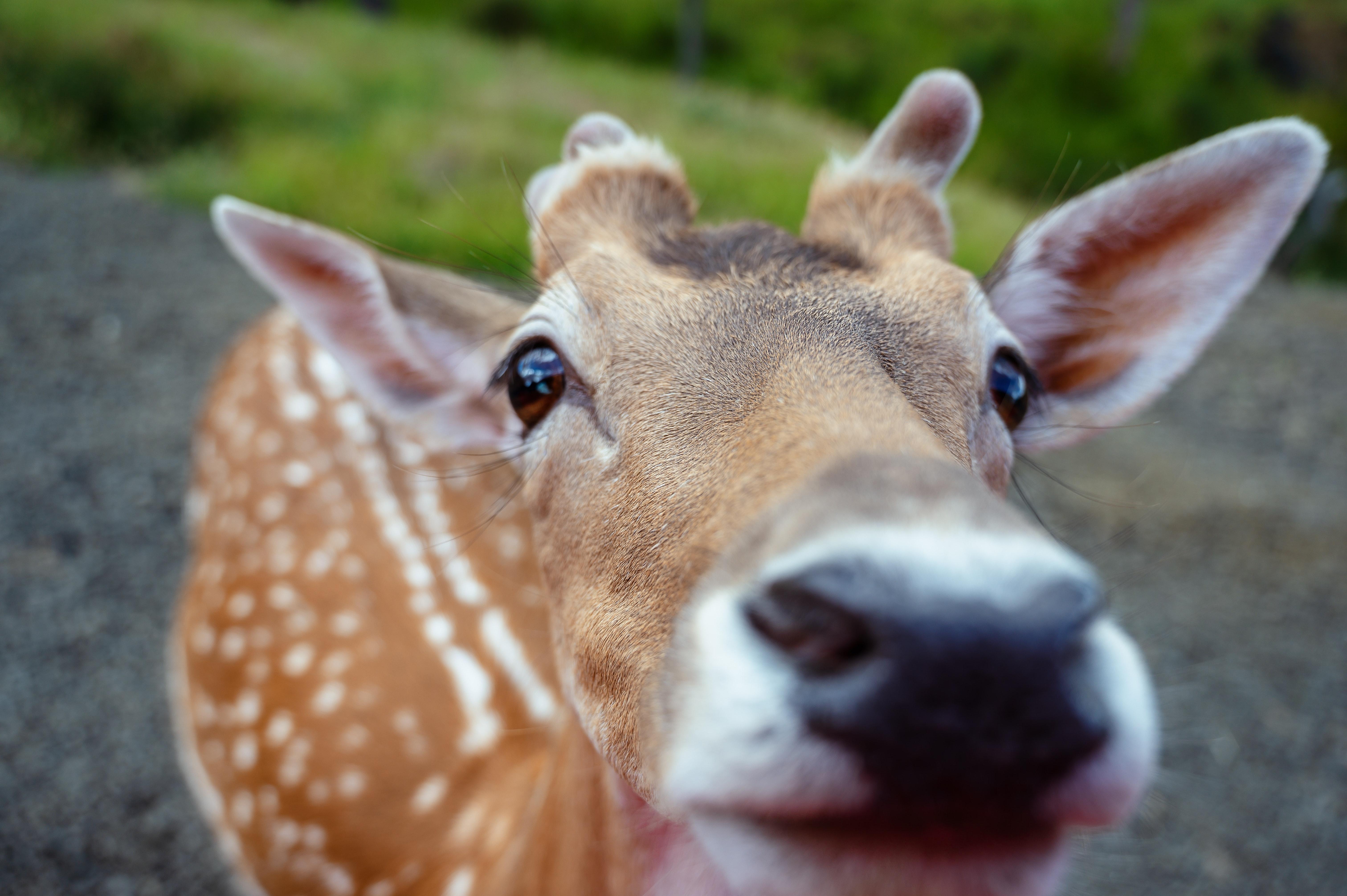What Is Antler Shedding?

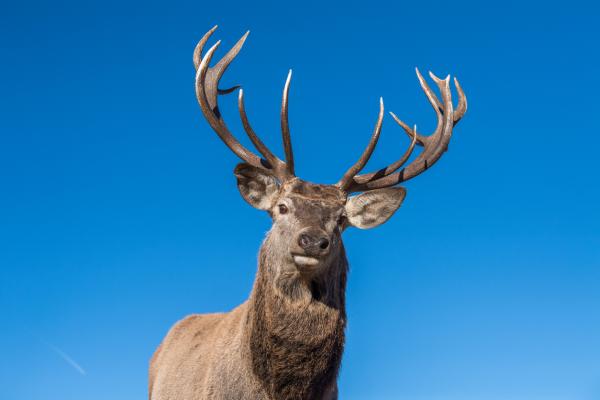
Antlers are one of the most distinctive features of male deer and play an important role in the survival and reproduction of the animal. However, many people are unaware that these impressive structures are not permanent, and that male deer shed their antlers every year. This natural process, known as antler shedding or antler regeneration, is a fascinating phenomenon controlled by hormonal changes in the deer's body.
In the following AnimalWised article, we will explore what is antler shedding or antler regeneration, the factors that influence it, and the importance of antlers to male deer in their struggle to survive and reproduce.
what are antlers?
Deer are commonly associated with their majestic horns, but in reality, they possess antlers, which differ significantly from the permanent horns of cattle. Antlers are bony protrusions that grow from the heads of male deer and related species, such as elk and moose. Unlike horns, which are made of keratin and are permanent, antlers are made of bone and are shed and regenerated annually.
Antlers are considered secondary sexual characteristics because they play an important role in mate choice and defense among male deer. They are used as weapons during male-to-male competition for mates, as well as for display to attract females. The size, shape, and symmetry of antlers can indicate the health and genetic quality of the male, making them an important factor in mate selection.
Interestingly, antlers are composed of 44% organic and 56% inorganic substances, such as calcium phosphate, calcium carbonate, and magnesium, making them a valuable mineral reserve for these animals. The growth of antlers is influenced by both diet and hormones. A mineral-rich diet is essential for proper antler development, while a hormonal process causes minerals in the animal's bones to migrate to the antlers, promoting their growth.
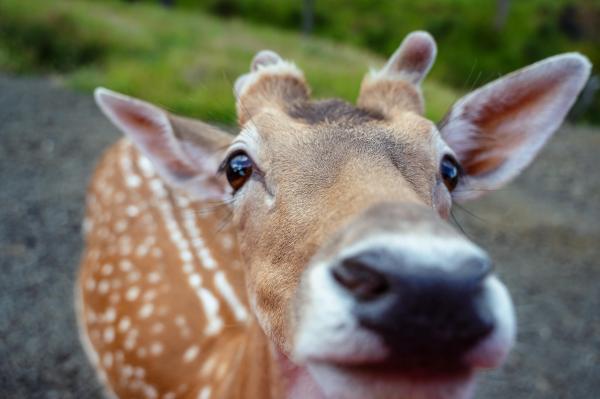
What is antler shedding or antler regeneration?
Antler shedding or antler regeneration is the natural process by which male deer shed their antlers annually and then regrow new ones. This process is controlled by hormonal changes in the deer's body and usually occurs during the winter months.
Recent research has shed light on the relationship between antler shedding and other biological factors in male deer. One study[1], for example, found that older and heavier male red deer (Cervus elaphus) shed their antlers earlier than expected and subsequently grew new antlers more rapidly. This pattern is thought to be related to the production of plant nutrients in the spring, which may be important for antler growth and overall health.
During shedding, the antlers detach from the pedicle, the bony structure that connects the antlers to the deer's skull. Once the antlers are shed, a new set begins to grow in their place. This begins with the formation of a cartilaginous "bud" that gradually ossifies and forms a new set of antlers.
When do deer shed their antlers?
The timing of antler shedding varies among deer species and can be influenced by hormonal changes that occur in response to changing environmental factors such as climate and diet.
Generally, antler shedding occurs in late winter or early spring, although the exact timing can vary by a few weeks depending on the species and geographic location. In general, deer living in areas with milder climates or longer growing seasons tend to shed their antlers earlier, while deer living in colder or less fertile areas tend to shed their antlers later.
The timing of shedding may also be influenced by the availability of food, which may affect antler growth and development. This explains why there is delayed or prolonged shedding of antlers in colder regions, where food availability may be limited during the winter months.
The duration of the antler growth cycle can also vary. Some species require several months to fully regrow their antlers, while others may do so within a few weeks.
You may also be interested in this other article, where we explain whether fallow deer shed their antlers.
How does the antler shedding happen?
When the antlers are shed, a thin layer of cells called the abscission layer forms between the antlers and the skull. This layer weakens the attachment of the antlers to the skull so that the antlers can be easily shed.
The antlers are then regenerated, with new antlers growing from the pedicle. The pedicle is the bony protrusion on the skull from which the antlers grow.
The growth of a new antler is a complex process that involves the growth of skin, cartilage, bone, and blood vessels. Initially, the new antler is covered by a soft, velvety material that contains blood vessels and nerves that provide nutrients and sensitivity to the antler. As the antlers continue to grow, the velvety material dries out and falls off. What remains is the hard bone of the fully formed antlers.

Why do deer shed their antlers?
The shedding of antlers is a complex process that is critical to the animal's reproduction and survival. Antlers are considered "living" structures, meaning they are another part of the animal and play a critical role in mate choice and defense. The larger the antlers, the more advantage the male has in the reproductive season.
However, the antlers must be renewed as they continue to grow over time, which can be both beneficial and detrimental to the animal. Keeping the antlers after they are finished represents an investment in metabolism for the animal, so temporarily shedding the antlers is actually beneficial because it helps the deer conserve energy during the winter months when food can be scarce.
If this topic piques your interest, you'll want to read our other article on where do deer live.
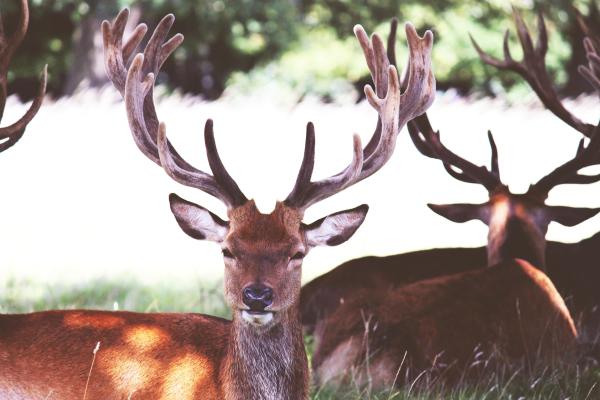
What other animals shed their antlers?
Deer are well-known for their annual shedding of antlers, but they are not the only animals that go through this process. In fact, several other species of cervids, such as elk, moose, and caribou, also shed and regrow their antlers every year.
Here are some of the most notable species that undergo antler regeneration:
- Elk (Alces alces)
- Roe deer (Capreolus capreolus)
- Marsh deer (Blastocerus dichotomus)
- Huemul (Hippocamelus bisulcus)
- White-tailed deer (Odocoileus virginianus)
- Pampas deer (Ozotoceros bezoarticus)
- Reindeer (Rangifer tarandus)
- Spotted deer (Axis axis)
- Red deer (Cervus elaphus)
- European fallow deer (Dama dama)
Understanding the different deer species that undergo antler regeneration can provide valuable insights into the biological and ecological diversity of these animals.
If you found this article interesting, you should also check out our article on the difference between deer, elk, moose, and reindeer.
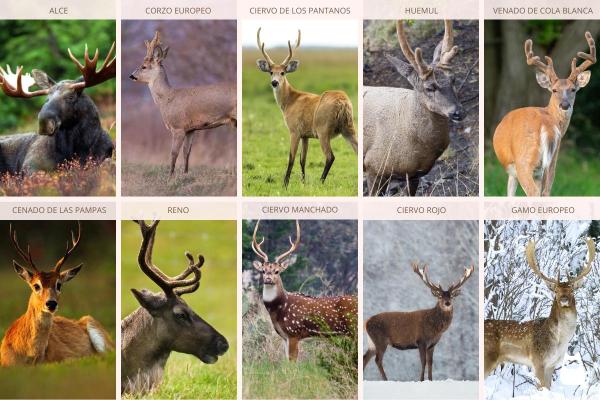
If you want to read similar articles to What Is Antler Shedding?, we recommend you visit our Facts about the animal kingdom category.
- Gomez, JA; Pérez-Barbería, J.; Garcia, AJ; Cappelli, J.; Chonco, L.; Ceacero, F.; Perez-Serrano, M.; Landete-Castillejos, T. (2022). Factors affecting antler growth period and casting date in red deer. Journal of Mammalogy, 103(1), 169-177. https://doi.org/10.1093/jmammal/gyab097
- Carrillo, F. (2013). Development cycle of the white-tailed deer (Odocoileus virginianus yucatanensis) antlers . Available at: https://www.revistauniversitaria.uady.mx/pdf/263/ru2635.pdf
- Holmes, K.; Jenkins, J.; Mahalin, P.; Berini, J. (2011). deer . Animal Diversity Web. Available at: https://animaldiversity.org/accounts/Cervidae/
- Byes, L.; Myers, P. (2023). Horns and antlers . Available at: https://animaldiversity.org/collections/mammal_anatomy/horns_and_antlers/


